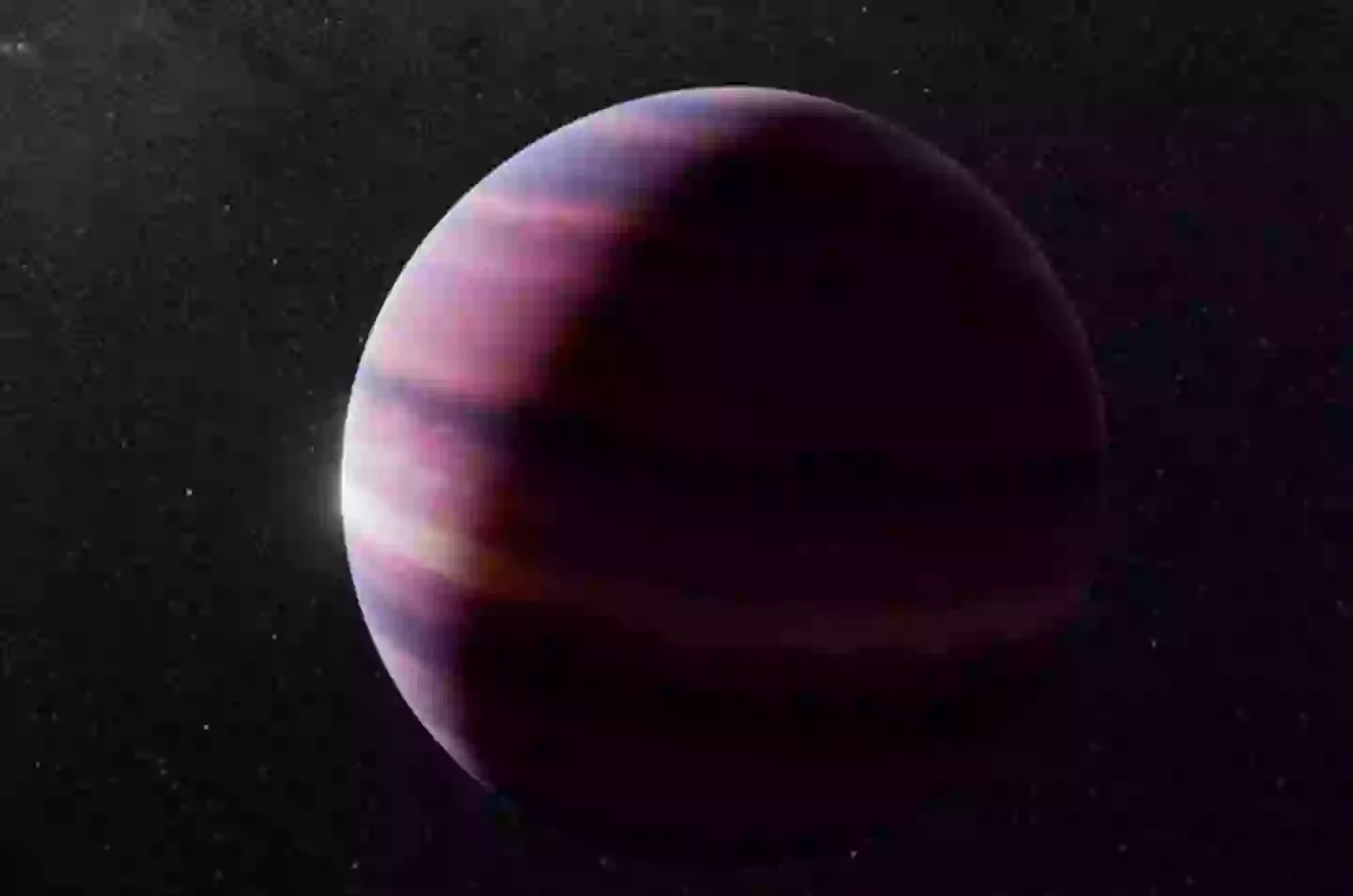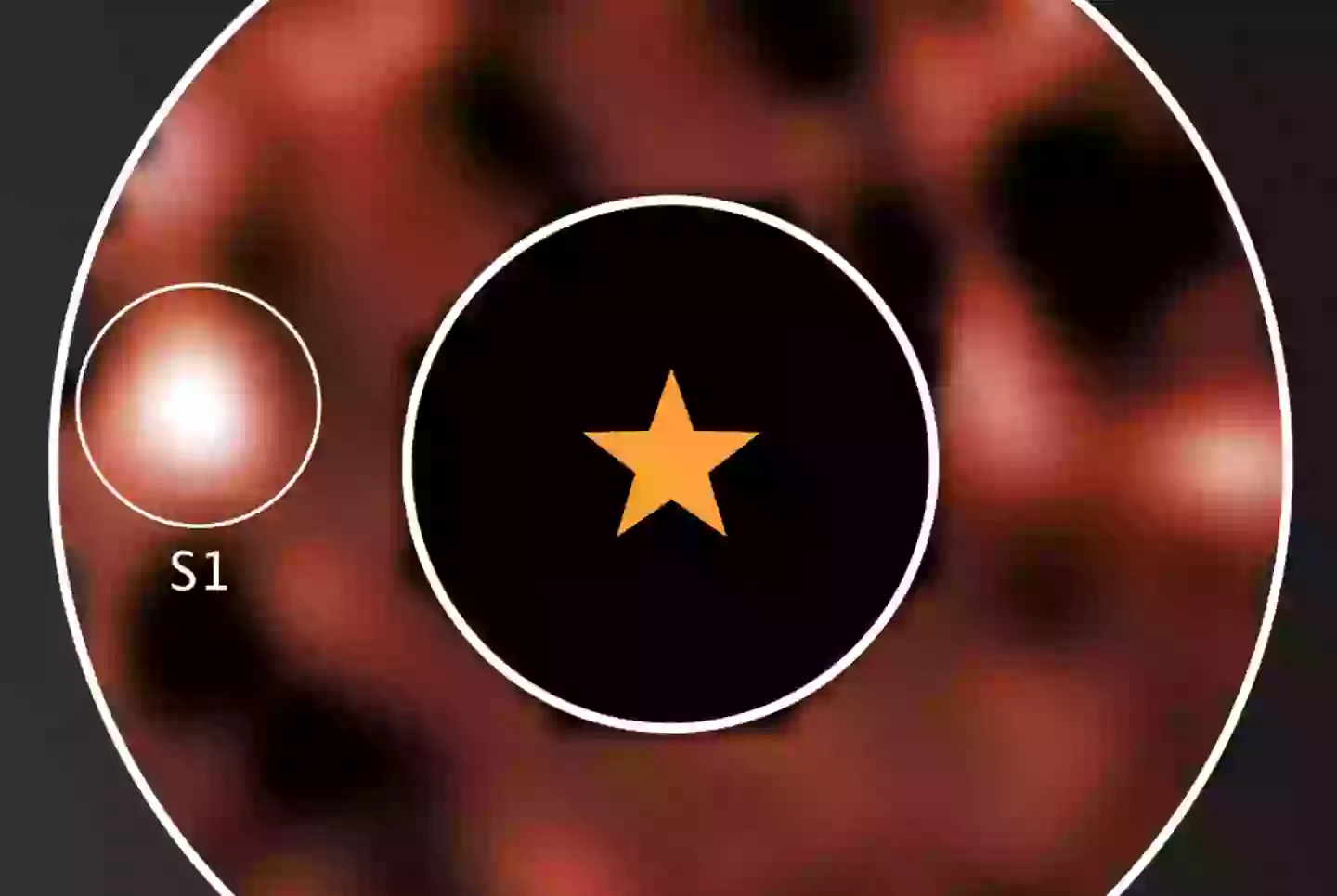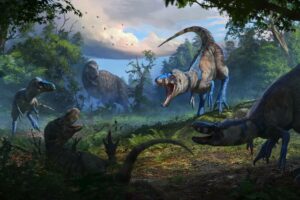Alien Life? NASA Unveils Mysterious Giant Planet That Challenges Everything We Thought About Habitability
So NASA just dropped a cosmic bombshell—a new planet in our nearest star system might actually support life. And no, this isn’t some sci-fi flick; it’s the real deal, thanks to the James Webb Space Telescope (JWST), the space world’s shiny $10 billion showstopper. Launched on Christmas Day 2021, JWST has been nothing short of a stellar detective, spotting exoplanets and icy alien disks like a boss. Now it’s teased us with a gas giant orbiting Alpha Centauri A, a stone’s throw away at just four light-years, nestled in the habitable zone—though it’s probably not Airbnb-ready for life as we know it. Makes you wonder, could its moons be throwing their own little life parties out there? The hunt for sharper images continues, with big hopes pinned on the 2027 launch of the Grace Roman Space Telescope—because, hey, blurry alien real estate listings won’t cut it. Buckle up, space lovers, we might just be neighbors with the weirdest tenants yet. LEARN MORE
NASA has announced the discovery of a new planet which may be able to support life, as scientists break down exactly what it means.
It’s a huge step in the world of astronomy, with the American space agency announcing that the potential planet was found in the nearest star system to Earth.
We can thank the James Webb Space Telescope (JWST) for making the discovery, almost four years after its launch on Christmas Day in 2021.
It’s made some groundbreaking finds, such as spotting its first-ever exoplanet and discovering an icy disk around an alien system of planets.
I think it’s fair to say that the JWST has comfortably taken over from its predecessor, the Hubble Telescope, which has served us well for decades.
Now, we’re treated to crystal-clear images of new space-related discoveries thanks to the $10 billion telescope out in the abyss.

The JWST is once again making groundbreaking discoveries (NASA)
Scientists have shared that their discovery of a new giant planet which also has moons that could support life, but ‘not as we know it’.
By using the ‘the Mid-Infrared Instrument’ (MIRI), the planet would be easier to study compared to bodies which are further away from us, says a NASA press release.
Apparently, the planet is orbiting a star in its own system close to our own Sun and just four light-years from Earth.
It’s in the Alpha Centauri triple star system, which is made up of ‘the binary Alpha Centauri A and Alpha Centauri B, both Sun-like stars, and the faint red dwarf star Proxima Centauri’.
Unfortunately, they are only visible from the Southern Hemisphere.
There is a gas giant orbiting Alpha Centauri A, which has been accepted in two papers in The Astrophysical Journal Letters.
The planet, if confirmed, may be the closest to Earth which orbits in the habitable zone, though as it is a gas giant, it wouldn’t support life in the same way Earth does.

The newly found planet could support life (NASA)
Charles Beichman, NASA’s Jet Propulsion Laboratory and the NASA Exoplanet Science Institute at Caltech’s IPAC astronomy centre, and the co-author on the new papers, has said the observations are ‘incredibly challenging’ to make.
“With this system being so close to us, any exoplanets found would offer our best opportunity to collect data on planetary systems other than our own,” he explained.
“Yet, these are incredibly challenging observations to make, even with the world’s most powerful space telescope, because these stars are so bright, close, and move across the sky quickly.”
The research team worked to analyse the observations, while computer modelling helped to confirm that the object in Webb’s image was a potential planet.
Scientists saw this system for the first time as early as August last year, as the initial discovery was labelled a ‘disappearing planet’ at the time by Ph.D. student Aniket Sanghi of Caltech, who is also a co-author.

NASA believes that they have identified the candidate planet through images (NASA)
Sanghi said of further observations: “We found that in half of the possible orbits simulated, the planet moved too close to the star and wouldn’t have been visible to Webb in both February and April 2025.”
“If confirmed, the potential planet seen in the Webb image of Alpha Centauri A would mark a new milestone for exoplanet imaging efforts,” she admitted.
While it may have a number of habitable moons, the team hopes to get a sharper image of the planet as soon as 2027, when the Grace Roman Space Telescope is launched.

















